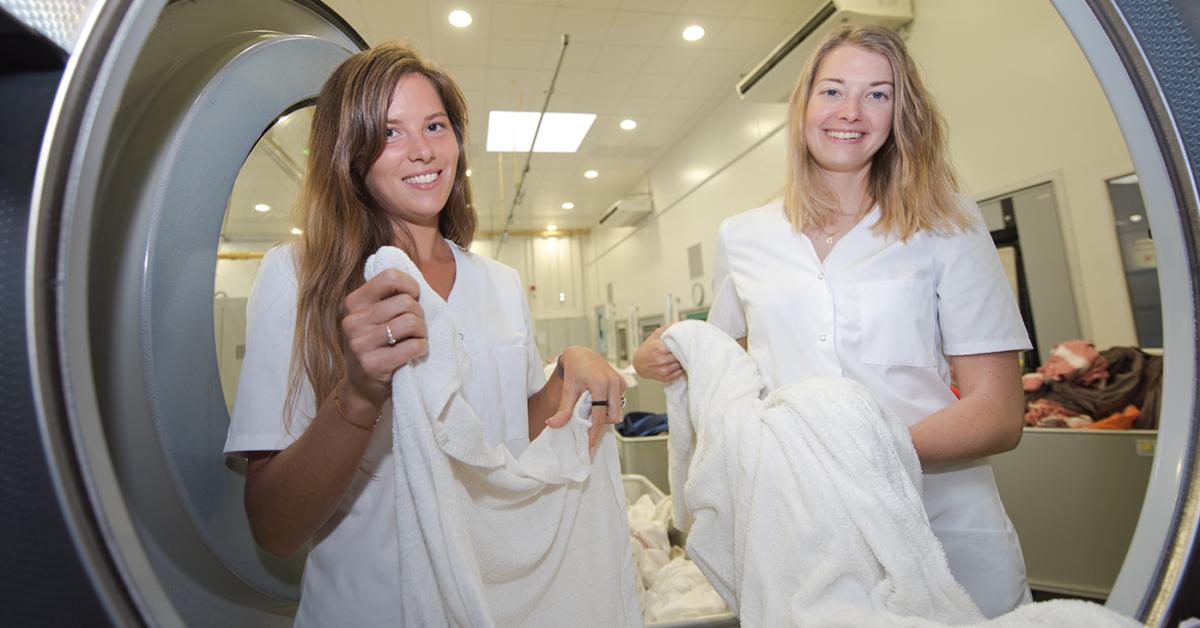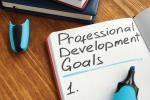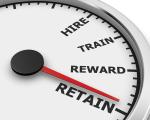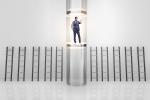ALEXANDRIA, Vir. — Burnout can occur slowly for leaders and team members of businesses, including drycleaning companies. If allowed to fester, it can rob the enjoyment out of not only the work at hand but of life in general. Fortunately, there are clear signs of its onset, and steps both the individual and the company can take to stop burnout in its tracks.
Helping people identify these steps was the purpose of “Stress, Burnout, and the Workplace: Strategies for Enhancing Employee Engagement,” a presentation from the Society for Human Resources Management (SHRM) as part of its recent Mental Health and Wellness Virtual Retreat.
The event was hosted by SHRM’s President and CEO Johnny C. Taylor, Jr., who spoke with Chris Mosunic and Chibs Okereke from the meditation and relaxation app developer Calm. Mosunic is Calm’s chief clinical officer, and Okereke is the company’s stress & burnout coach and instructor.
In Part 1 of this series, we examined the cost of burnout on both a personal scale and what it can mean for a business such as a drycleaning company. In Part 2, we continued our examination on the topic by looking at how to recognize the various stages of burnout. Today, we’ll conclude by looking at steps both individuals and leaders can take to combat burnout in the workplace.
Individual Strategies to Avoid Burnout
During his presentation, Okereke shared four key prevention strategies that individuals can use to manage their stress and avoid burnout.
Micro Breaks — “We don’t have to sit there with our eyes closed for a half an hour to reduce our stress,” Okereke says. “Even short mini breaks throughout the day can really impact our stress levels. It might be a couple of breaths. It’s just stopping and helping your body to regulate, which it wants to do.”
These micro breaks can easily be included into the business day.
“One thing I really encourage my corporate clients to do,” he says, “especially if you want to integrate this into the organization, is to start each meeting with a micro break. It’s a really easy way to get engagement and focus because we carry our stress from one meeting to another, and by the end of the day, we’re exhausted and wonder why.
Controlled Breathing — This is a specific type of micro break that involves focusing on the breath. This practice helps regulate the nervous system and can be done anywhere and at anytime.
“I’d suggest if you’re in a meeting, maybe don’t do it with your eyes closed,” Okereke says.
“It will look a little weird. You can keep your eyes open, breathe in through the nose, and breathe out through the nose. No one needs to know you’re doing it.”
A common exercise Okereke gives to his clients is to make their exhale count about twice as long as the inhale.
“There are lots of control breathing patterns that we can do,” he says. “We’re all different, and we all have slightly different nervous systems, so there might be a bit of technique for your system.”
Daily Mindfulness/Meditation — This practice allows individuals to train themselves to be aware of what’s going on in both their internal and external experience. This increased awareness helps individuals recognize signs of stress early on and take action to prevent burnout.
“This doesn’t mean half an hour of meditation a day. Could be five or 10 minutes,” Okereke says. The goal is not to clear the mind or have no thoughts, but rather to build awareness of the present moment.
“I like to meditate for a while when I’ve got time, but sometimes I don’t,” he says. “But short sessions help me to catch myself because I’m now aware. It helps to catch myself a lot quicker when I get out of balance.”
Purpose and Alignment — “When we feel connected to our work’s purpose, and when we can see how that aligns with our values,” Okereke says, “it not only enhances our job satisfaction, but it also serves as a buffer against burnout.”
This reframing strategy involves understanding the “why” behind the work. Misalignment between personal values and work can contribute to burnout.
“This alignment helps us in setting boundaries and prioritizing those tasks that aren’t simply urgent, but are important,” he says.
Employer Strategies for Preventing Burnout
While there are strategies individuals can take to protect their mental and physical health when it comes to burnout, there are actions that employers can also take to help their staff and maintain their wellbeing.
Measure and Evaluate — Ongoing monitoring efforts can be a huge help, Mosunic says, and there are burnout surveys, for example, that companies can give to their workers, including some free ones, such as the Oldenburg Burnout Inventory.
“Why wouldn’t you be measuring burnout?” Mosunic asks. “You can use a free burnout survey, and, at the very least, your employees will say, ‘Oh, my God, someone’s paying attention.’”
Tracking burnout levels over time, Mosunic says, can help evaluate the effectiveness of interventions and can inform future strategies: “We can change what we measure.”
Promoting Social Connectivity — “I think the thing that’s most overlooked and neglected in the workplace is being able to promote connectivity between your coworkers,” Mosunic says.
Social connectivity is a key predictor of happiness and health, he believes, and employers should prioritize opportunities for employees to connect and build relationships.
“How do you hurt somebody? Torture them? You keep them socially isolated,” he says, and notes that’s what many businesses have done, especially with remote workforces.
Fostering Psychological Trust and a Values-Based Culture — Uncertainty is a key component in developing burnout, and while that stress can’t be completely done away with, especially in challenging economic times, minimizing it can certainly help.
“Being able to promote a workplace where you feel like you will not lose your job tomorrow, and that people have your back, I can’t speak highly enough about that,” Mosunic says.
Creating an atmosphere where the employee feels supported by their colleagues and their managers can go a long way.
“Being able to trust the people I’m around and the company seems so simple, but that’s the key for being able to prevent burnout,” Mosunic says. “That’s the holy grail of being able to prevent burnout.”
“We can come back from burnout,” Okereke says. “I came back and I’m better than ever.”
For Part 1 of this series, click HERE. For Part 2, click HERE.
Have a question or comment? E-mail our editor Dave Davis at [email protected].








































































